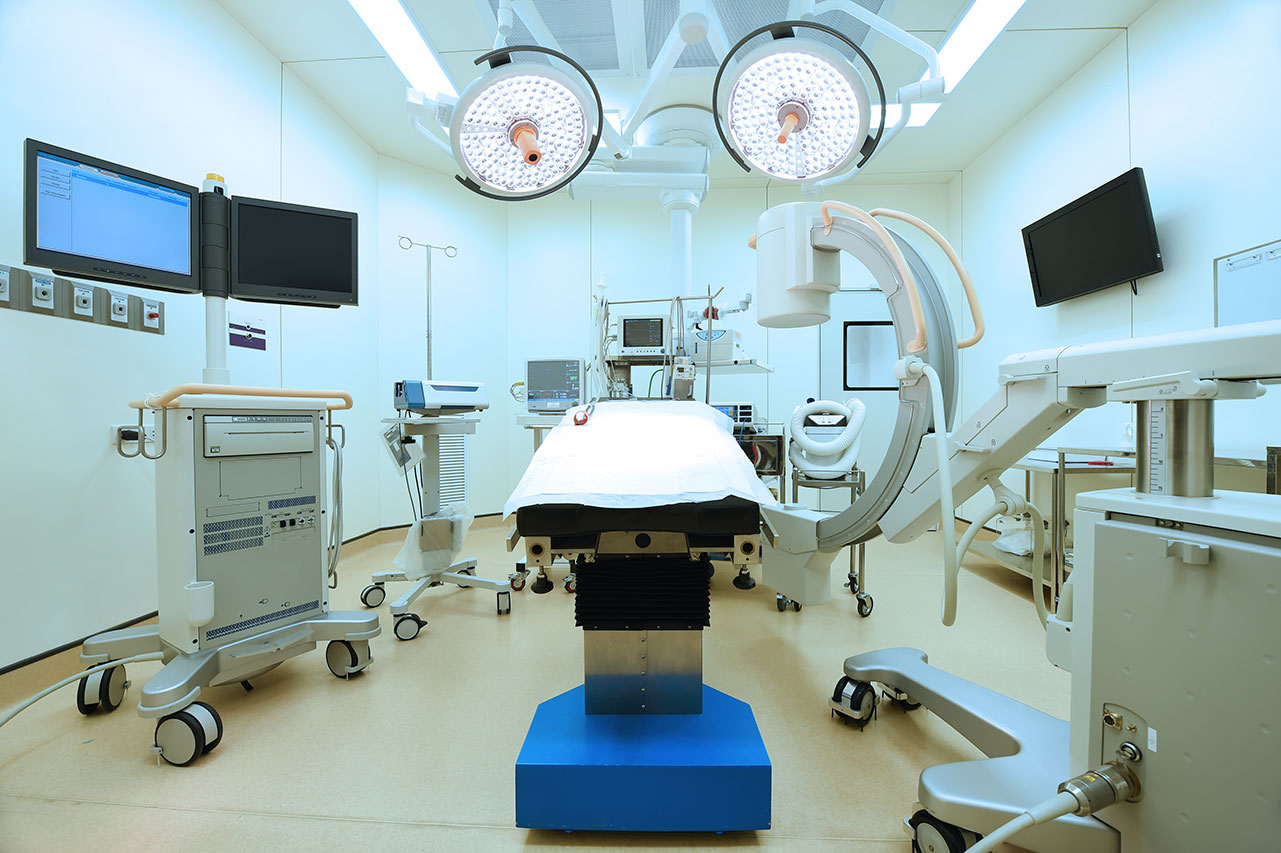Propofol, an intravenously administered hypnotic, has outstanding advantages over commonly used inhalational anesthetics. It is effective against post-operative nausea, does not trigger malignant hyperthermia - a potentially fatal anesthesia complication - and is not a greenhouse gas. The main disadvantage of propofol, however, is that, unlike inhalational anesthetics, its drug concentration cannot be determined during anesthesia using any clinically applicable method. Photoacoustic spectroscopy is a highly promising approach for monitoring propofol in exhaled air in a clinically applicable way.
PHOTOFOL: Photoacoustic detector for monitoring propofol concentrations in exhaled air during general anesthesia
Project goals
The aim of the PHOTOFOL validation project is to develop and validate a demonstrator based on the existing laboratory setup that has the reliability, robustness and compactness required for use in operating rooms. In principle, the photoacoustic sensor could meet all the requirements placed on an anesthesia monitoring system. Thanks to its superior sensitivity and low temporal resolution, it also offers unique innovation potential. The availability of a first-ever monitoring system for propofol, as promoted by the project, would mean a significant increase in patient safety. The probability of a propofol sensor being utilized and adopted, and the benefits for patient safety, are therefore very high.
Project results
In photoacoustic spectroscopy, the absorption of light of a wavelength that varies periodically and is specific to each molecule increases the kinetic energy of the target molecules. The subsequent fluctuating excitation of the molecules induces an acoustic signal which enables the concentration of the molecule in the gas mixture to be derived. The University Hospital of Munich and Fraunhofer IBP have been working together successfully for several years on ways to measure propofol in exhaled air. In Munich, fundamental work was carried out on how to measure propofol in exhaled air and corresponding pharmacokinetic models were developed. At Fraunhofer IBP, both the theoretical-physical models for the UV-light-based photoacoustic measurement of propofol in gas mixtures and a functional laboratory prototype were developed.
Project partners
- KUM Hospital of the Ludwig-Maximilians-University Munich
